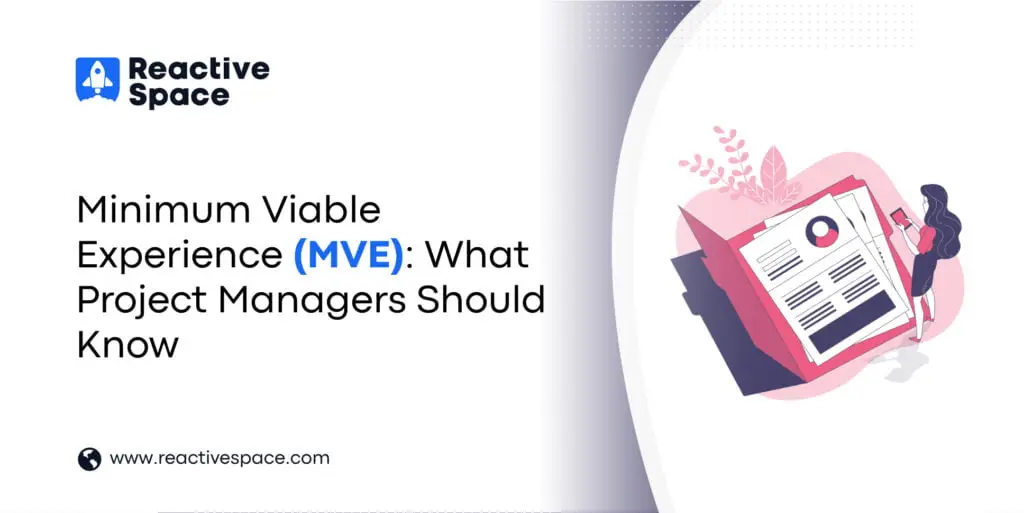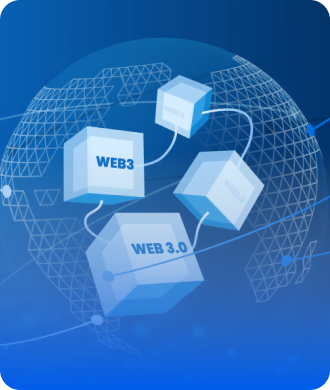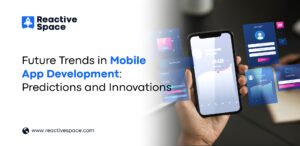
In the digital world, the shift from Minimum Viable Product Development MVP to Minimum Viable Experience (MVE) highlights a focus on customer satisfaction. Unlike MVP, MVE prioritizes crafting a comprehensive user experience that delights customers from the start. It involves identifying core features and interactions that resonate with users, allowing for early validation and feedback collection. Understanding MVE empowers product managers to create products that not only meet but exceed user expectations. This approach fosters long-term success and customer loyalty in the competitive market landscape.
Understanding Minimum Viable Experience (MVE)
MVP (Minimum Viable Product) provides the essential features of a product to users at an early stage, focusing on functionality. They aim to test the core concept and gather feedback for further improvements. On the other hand, MVEs (Minimum Viable Experiences) focus not only on functionality but also on ensuring a smooth and enjoyable user experience from the first interaction to ongoing engagement. MVEs prioritize user satisfaction and aim to create a delightful journey throughout the product’s lifecycle.
Key Components of MVE
The key components of MVE involve:
- Customer-Focused Approach: MVEs prioritize understanding the target audience’s needs and preferences. By knowing their journey and challenges, PMs can create solutions that offer real value.
- Comprehensive Design: Unlike MVPs, which may concentrate only on essential features, MVEs consider every interaction users have with the product. This includes onboarding, user interface design, performance, support, and post-purchase engagement.
- Continuous Improvement: MVEs follow an iterative approach to development, allowing for ongoing refinement based on user feedback and data. By gathering feedback regularly, PMs can identify areas for improvement and prioritize changes that enhance the overall experience.
- Valuable Experience: While MVPs focus on solving a problem with basic features, MVEs aim to provide a valuable experience that resonates with users. This may involve adding elements like personalization, customization, and emotional engagement beyond basic functionality.
Implementing MVE in the Product Development Process
To incorporate MVE principles into the new product development process, PMs should consider the following strategies:
- Set Clear Goals: Define objectives and success measures for the MVE that match product vision and business aims.
- Understand Users: Research the customer journey, including challenges and touchpoints, to find opportunities for a better experience.
- Prioritize Features: Focus on features that meet user needs and enhance the overall experience.
- Test and Improve: Launch the MVE, gather feedback, and make changes based on user responses.
- Track Performance: Monitor user engagement and satisfaction to assess MVE effectiveness and guide future improvements.
Examples of MVE in Action
Several companies have successfully implemented MVE principles in their product development efforts. For example:
- Airbnb ensures a smooth experience for hosts and guests, from booking to post-stay support.
- Spotify refines its app for personalized music streaming, improving recommendations and user interface.
- Tesla prioritizes user experience with features like software updates and autopilot in its electric vehicles.
- Netflix continually enhances its streaming platform, focusing on personalized recommendations and seamless viewing experiences across devices.
- Amazon prioritizes user satisfaction with its e-commerce platform, offering features like one-click purchasing, personalized product recommendations, and hassle-free returns.
- Google Maps constantly evolves to provide users with accurate navigation, real-time traffic updates, and location-based recommendations for dining, shopping, and entertainment.
- Apple designs its products with a focus on intuitive user interfaces, seamless integration across devices, and regular software updates to enhance performance and security.
- Instagram emphasizes user engagement and satisfaction by regularly introducing new features like Stories, Reels, and IGTV, as well as enhancing photo and video editing capabilities.
Conclusion
In today’s competitive market, giving customers a great experience is crucial for getting them to use, stick with, and recommend your product. With Minimum Viable Experience (MVE), product managers can make products that not only meet user needs but also go beyond expectations at every step. By focusing on user-friendly design, constant improvement, and delivering a complete experience, PMs can find new ways to succeed in product development.
Elevate Your Product with MVE Development
Explore how MVE prioritizes user satisfaction, leading to long-term success in product development.
Book a Call


